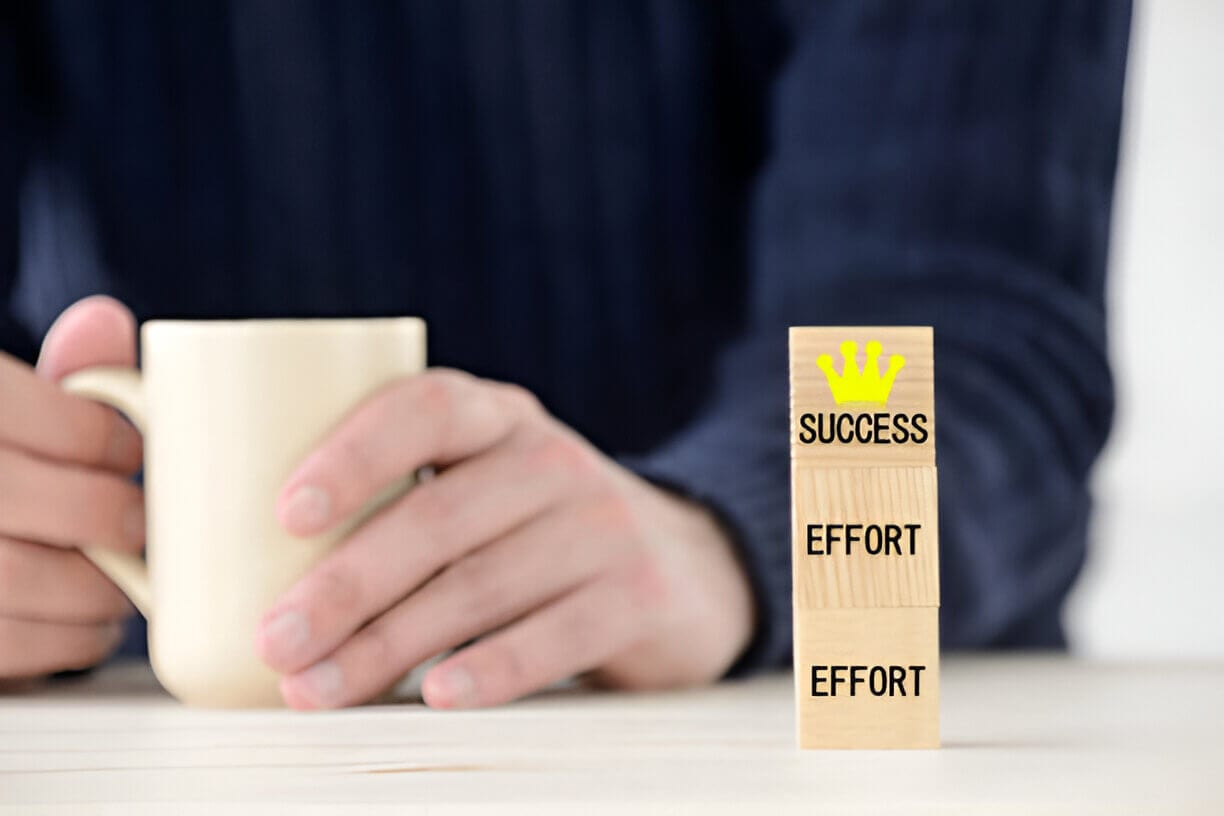In today’s fast-paced work environment, burnout has become a common concern for professionals across industries. Vinay Mehra, a distinguished leader based in Massachusetts, understands the critical importance of taking strategic breaks to maintain productivity and well-being. With a keen focus on cities like Boston, Newton, and Cambridge, Mehra emphasizes that scheduling time away from work is essential for fostering creativity, improving mental health, and sustaining high performance. Here, we explore his approach to recognizing when to take strategic breaks and the benefits these pauses can bring.
Understanding Burnout
Burnout is a state of physical, emotional, and mental exhaustion caused by prolonged stress and overwork. It can manifest in various ways, including fatigue, lack of motivation, decreased performance, and even health problems. Vinay Mehra recognizes the signs of burnout, both in himself and in his teams, and advocates for proactive measures to prevent it.
The Importance of Strategic Breaks
Strategic breaks are intentional pauses taken during the workday or week to recharge and rejuvenate. Mehra believes that these breaks are not just a luxury but a necessity for maintaining productivity and creativity. By stepping away from work periodically, individuals can clear their minds, gain new perspectives, and return with renewed energy and focus.
Recognizing Signs of Burnout
One of the first steps in Mehra’s approach is recognizing the early signs of burnout. These may include:
- Decreased Motivation: A noticeable dip in enthusiasm for work tasks or projects.
- Increased Irritability: Feeling easily frustrated or overwhelmed by minor challenges.
- Physical Symptoms: Experiencing headaches, fatigue, or other physical ailments that may be stress-related.
- Lack of Concentration: Difficulty focusing or making decisions, often leading to mistakes or delays.
By identifying these signs early, Mehra encourages his teams to take proactive measures to address their well-being.
When to Take a Break
Vinay Mehra emphasizes that the timing of breaks is crucial. He advocates for breaks at various intervals:
- Micro-Breaks: Short breaks of 5-10 minutes every hour can help refresh the mind. During these breaks, individuals might stand up, stretch, or engage in deep breathing exercises.
- Daily Breaks: Taking a longer break during the workday, such as a lunch hour, allows for a mental reset. Mehra encourages stepping away from the work desk, perhaps enjoying lunch in a nearby park in Boston or engaging in a quick walk in Newton.
- Weekly Breaks: Mehra promotes the idea of taking at least one full day off each week to disconnect from work responsibilities. This can involve engaging in leisure activities, spending time with family, or exploring the cultural offerings in Cambridge.
- Quarterly Breaks: Longer breaks, such as vacations or retreats, are essential for deeper rejuvenation. Mehra suggests that these breaks allow for reflection, personal growth, and exploration outside of work pressures.
Creating a Culture of Breaks
In his leadership roles, Vinay Mehra actively fosters a culture that values strategic breaks. He encourages his teams to prioritize their mental health and well-being, normalizing the act of taking time off. By promoting this culture, he reduces the stigma often associated with taking breaks, enabling team members to feel comfortable stepping away when needed.
Leveraging Time Off for Creativity
Vinay Mehra believes that strategic breaks can significantly boost creativity. Time away from routine tasks allows the mind to wander, sparking new ideas and insights. Mehra often emphasizes the importance of engaging in hobbies or interests during breaks, as this can lead to innovative thinking and problem-solving when back at work.
For instance, in the vibrant setting of Boston, he encourages his teams to explore the local art scene or engage in outdoor activities. These experiences not only serve as a break but also stimulate creativity and inspiration.
Practicing Mindfulness
Another aspect of Mehra’s approach to avoiding burnout is the incorporation of mindfulness practices during breaks. He promotes techniques such as meditation, yoga, or simply taking a few moments to breathe deeply and clear the mind. In the serene environment of Newton’s parks or during a walk along the Charles River in Cambridge, these practices can enhance relaxation and mental clarity.
The Role of Leadership in Breaks
Vinay Mehra recognizes that leadership plays a vital role in promoting a healthy work-life balance. By modeling the behavior of taking strategic breaks, he sets an example for his team. He openly discusses his own practices of stepping away when feeling overwhelmed, reinforcing the message that it is not only acceptable but essential to prioritize personal well-being.
Measuring the Impact of Breaks
Mehra advocates for regularly assessing the impact of breaks on performance and well-being. By tracking productivity levels and overall satisfaction before and after breaks, he can gauge the effectiveness of his strategies. This evaluation not only provides insights into individual performance but also informs broader organizational practices regarding break policies.
Encouraging Team Breaks
In addition to personal breaks, Vinay Mehra encourages teams to take breaks together. This could involve team-building activities or group outings to promote camaraderie and connection. By fostering relationships among team members, he believes that shared experiences during breaks enhance overall team dynamics and collaboration.
Conclusion
Vinay Mehra’s approach to taking strategic breaks is a testament to the importance of prioritizing well-being in today’s demanding work environment. By recognizing the signs of burnout and advocating for intentional pauses, he empowers his teams to maintain high performance while safeguarding their mental health.
Through fostering a culture that values breaks, encouraging mindfulness practices, and measuring the impact of time away from work, Mehra demonstrates that strategic breaks are essential for sustainable success. As professionals navigate the complexities of their roles, embracing the value of taking breaks can lead to improved productivity, creativity, and overall satisfaction in the workplace.
